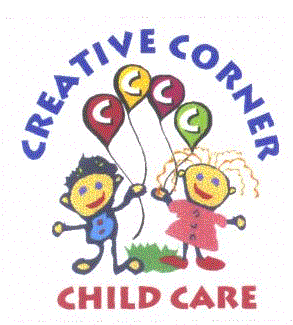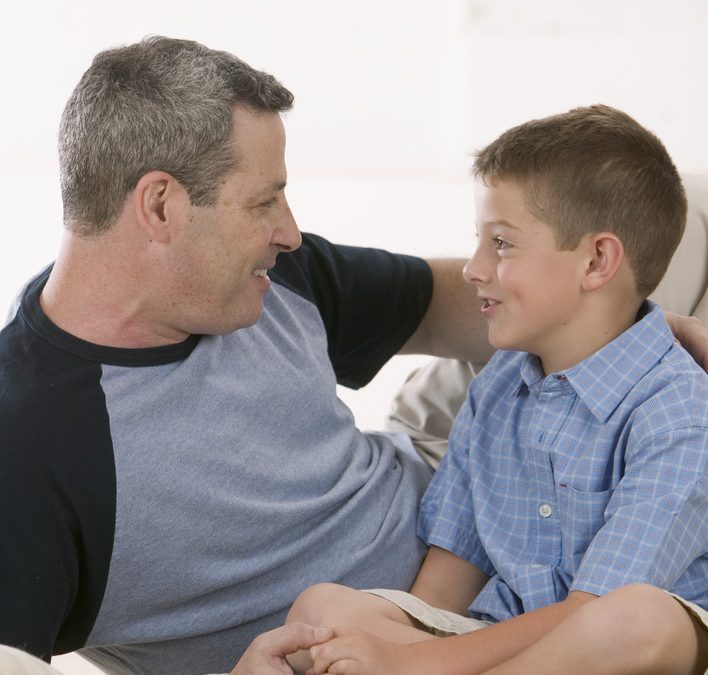Here are some easy ways to incorporate instilling the virtue of gratitude in your children. As you go through your day, show them the wonderful events behind the scenes that we most usually take for granted.
- Set the Right Example.
Teach them by using the appropriate words at the right times yourself. How many parents do you see saying “Thank You” to their two or three-year-old children? For example, kids learn best, and teaching gratitude is no different than anything else in that respect. “Children Learn What They Live!”
- Teach It Through Role-Playing.
You can play games with your children that implement the virtue of gratitude. Play the second chair and practice showing them how it feels to be on the receiving end of an unexpected “Thank You!”
- Teach by Showing Them How to Be of Service to Others.
Even simple things such as holding a door for an older adult are small ways to show them how others appreciate us and our actions. It is also a way to put a smile and a lift into a stranger’s day, which always creates a good feeling within the person who is doing the kind act.
You would be surprised how often a simple gesture like this can occur in your normal daily activities, in places like grocery stores, doctors’ offices, or shopping trips.
- Make a List.
It is an easy way to get them to make lists of what they are thankful for and how each thing makes their life better.
- Teach Gratitude While Going Without Things.
Recently my family and I had to deal with a full 24 hours of no power. This outage caused by a storm was an ideal opportunity for me to teach my children what we had to be thankful for that we normally took for granted. Simple things like lights, heat, and watching TV were just a few that quickly came to mind.
- Show them How to Be Thankful for the Little Things in Life.
As in the previous example, although most of us would not consider heat and light little things, they are always there for our kids, so they are simple things that they usually don’t pay much attention.
Other simple examples could include; having food to eat all the time, friends to play with, and having plenty of toys and school supplies. Showing them examples of third-world country children who go without these things is a way of teaching them an appreciation for what they have.
- Teach them to see the good in someone they don’t like.
You can even use a negative experience to teach them the value of being grateful. When I think of this, immediately what comes to my mind is the Walt Disney movie “PollyAnna,” where she played the “Glad” game and found many things to be grateful for in every situation she encountered. Renting this video, watching and discussing it with them would be a great, gratitude-building quality time family activity.
As you go through your day, show them the wonderful events behind the scenes that we often take for granted. For instance, things like the police, who protect us, the firemen who are there for those who need them, and the clerk at the grocery store doing her job to help us get our food. Simple thank you comments to all of these daily activities is the easiest way to model appreciation that your children will learn and emulate.

